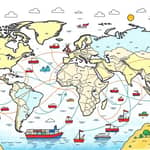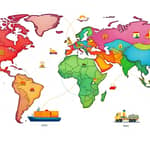
As the world navigates an era of unprecedented uncertainty, the concept of economic resilience has moved from academic discussion to urgent policy priority. The ability of nations, regions, and communities to absorb, adapt to, and recover from crises is now tested by overlapping shocks that converge in time and magnitude.
This article explores how economies can endure simultaneous stressors—from health emergencies to geopolitical tensions—and emerge stronger. Through case studies, data-driven insights, and actionable strategies, we aim to inspire practical solutions that bolster resilience across all sectors.
Economic resilience refers to the capacity of an economy to withstand external shocks, maintain functionality, and recover swiftly. Unlike mere survival, resilience encompasses adaptation and transformation, enabling systems to not only bounce back but to evolve.
Core characteristics of resilient economies include:
In the past, economies typically faced isolated shocks— a hurricane here, a recession there. Today, shocks often overlap or follow in rapid succession, magnifying their impact. For example, the COVID-19 pandemic strained health systems and supply chains, while concurrent climate-driven disasters disrupted agriculture and logistics.
Overlapping shocks can be classified into categories such as:
The cumulative effect of these events can erode fiscal capacity, overwhelm emergency services, and widen social inequalities, making recovery a far steeper climb.
Examining how diverse regions have responded to floods, droughts, and market collapses reveals indispensable lessons. Three notable examples stand out for their foresight, innovation, and inclusive approach.
References













